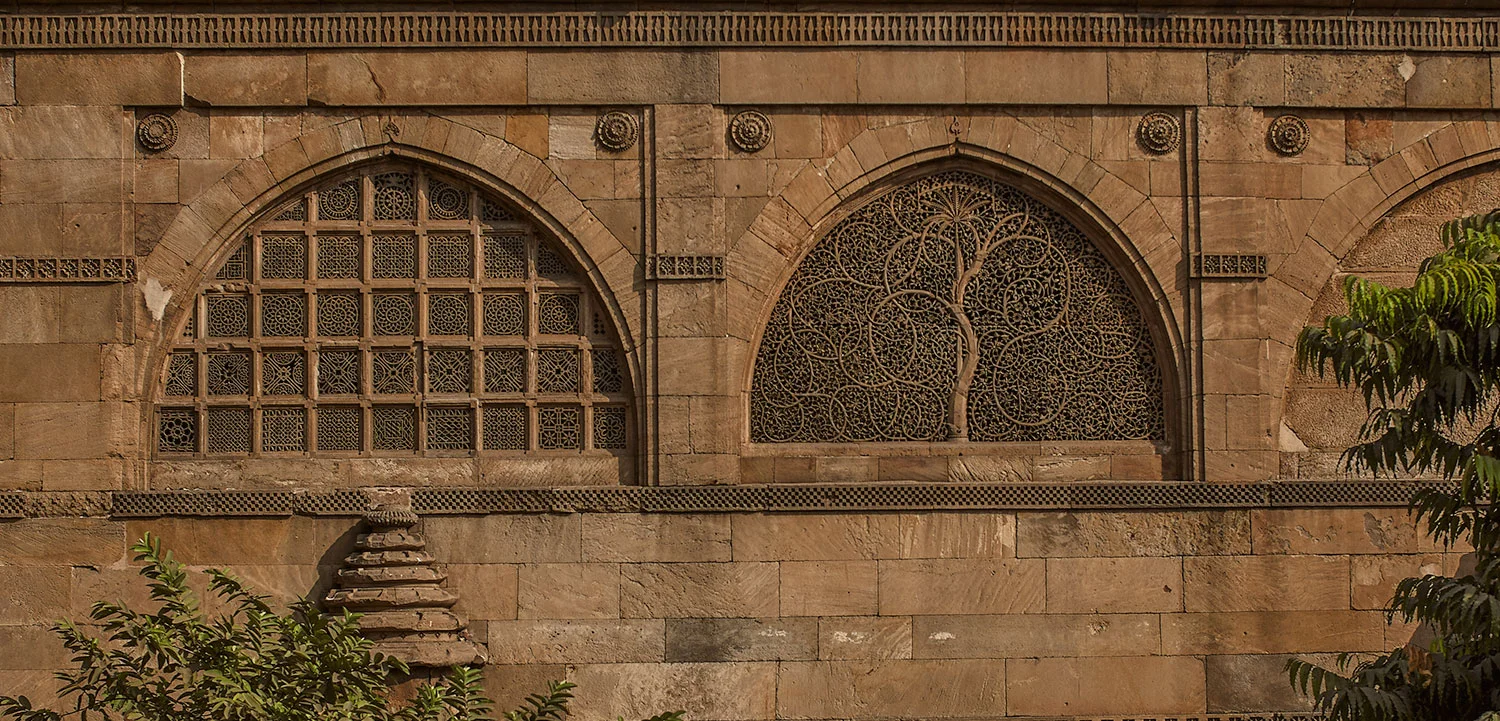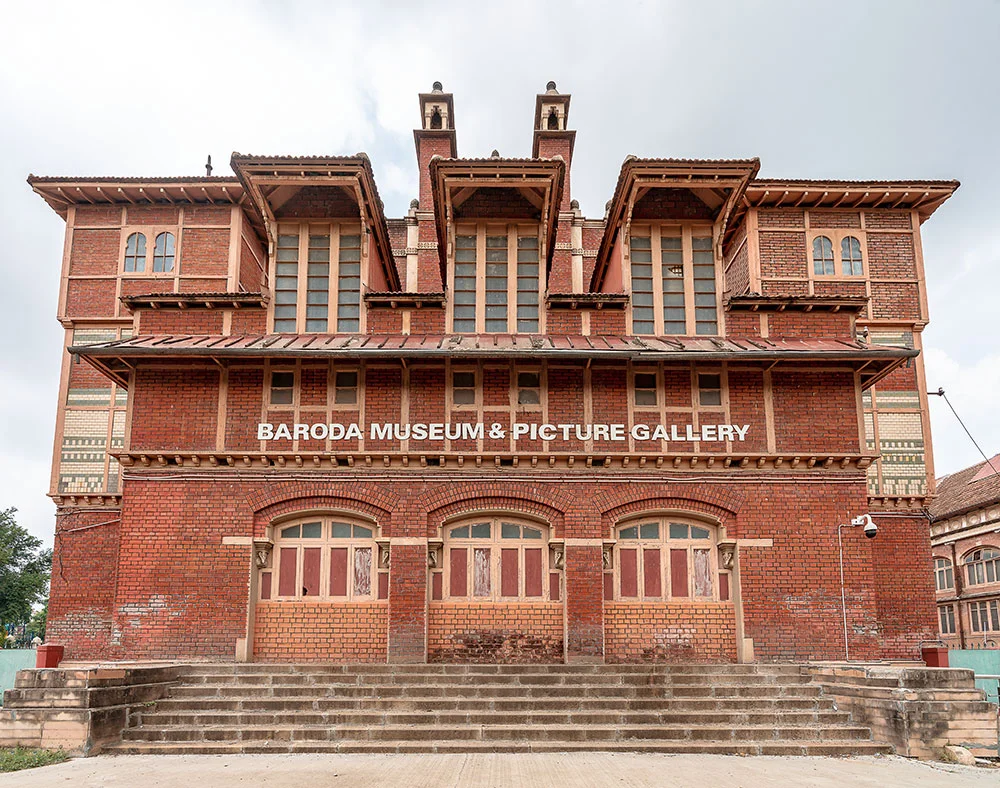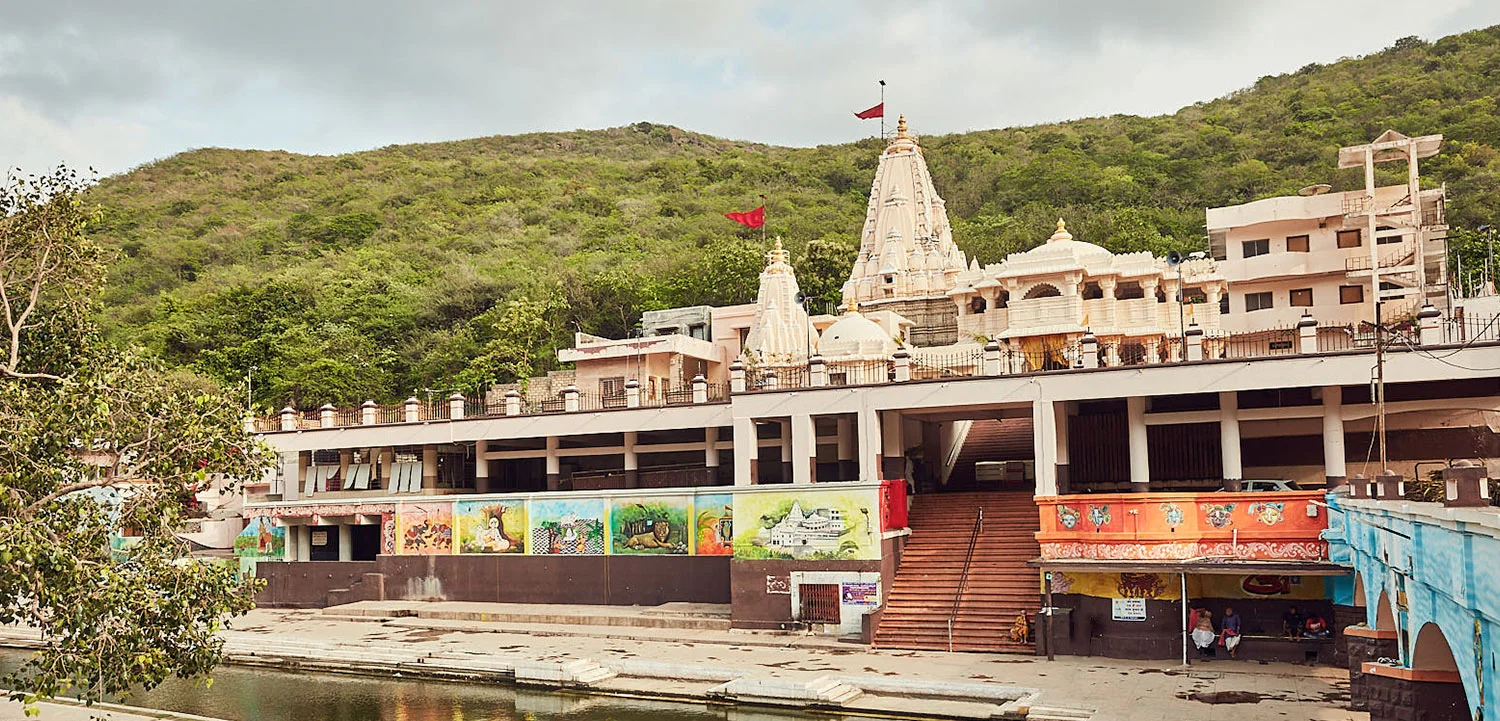Heritage Walk
Ahmedabad Heritage Walk
On the ancient site of Ashaval and Karnavati, Ahmedabad was found on 1411. The City of Ahmedabad has some of the finest India, Islamic monuments and exquisite Hindu and Jain temples. Its carved wooden houses are another unique architectural tradition.
A special feature of Ahmedabad is the plan of the old city comprising numerous pols, self-contained neighborhoods, sheltering large numbers of peoples. Some of these virtually small villages, traversed by narrow streets, usually terminating in square with community wells and chabutaras for feeding birds, gates, Cul-de-sacs and secret passages.


Vadodara Heritage Walk
The city of Vadodara (formerly Baroda in English and in some Indian languages other than Gujarati) stands in Central Gujarat, a region with a long history of human activity and settlement, testified by archaeological evidences dating from a couple of centuries before the Current Era. It evolved at the intersection of important overland trade routes leading to the Arabian Sea on the west and the interior areas of north, central and southern India.
Junagadh Heritage Walk
This walk touches upon the pre-Babi architecture of Uparkot Gate, Lashkari Vav and Vav at Ram Temple and focuses on the heritage of the Babi period (mid-18th to mid-20thc.) ending at Mandvi Chowk (see box), it covers mainly the Old City area west of Uparkot, marked on the map below.
Some spots from earlier periods and from the Babi era lie outside the route towards north and west but yield more comprehensive insights into the city’s heritage. These are described at the end of the booklet.
